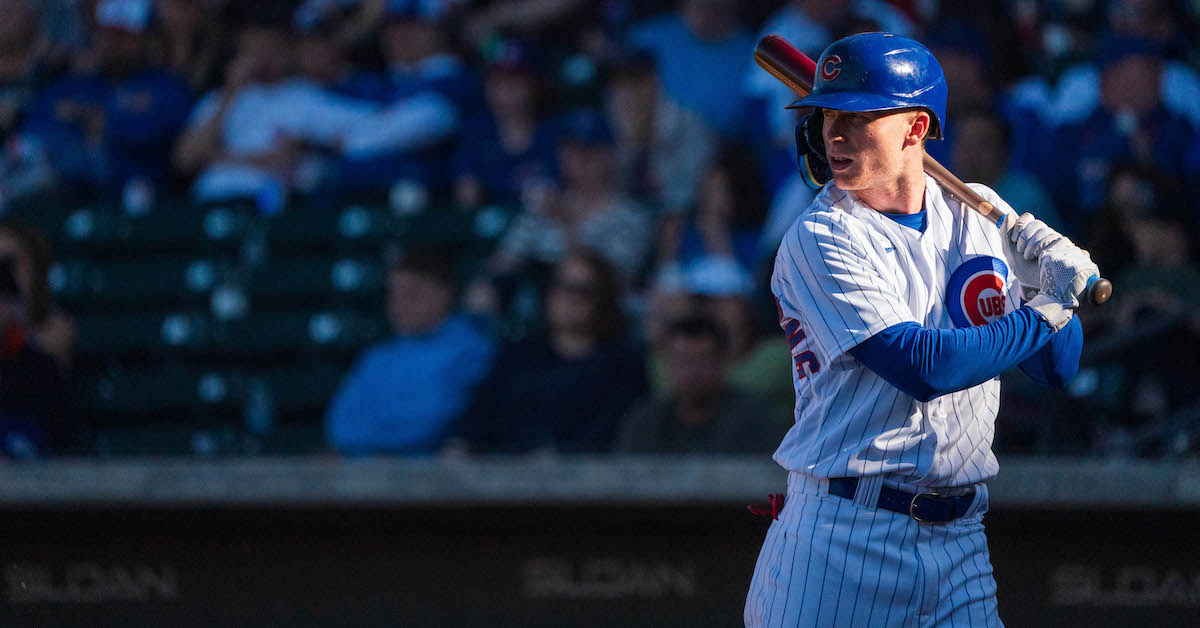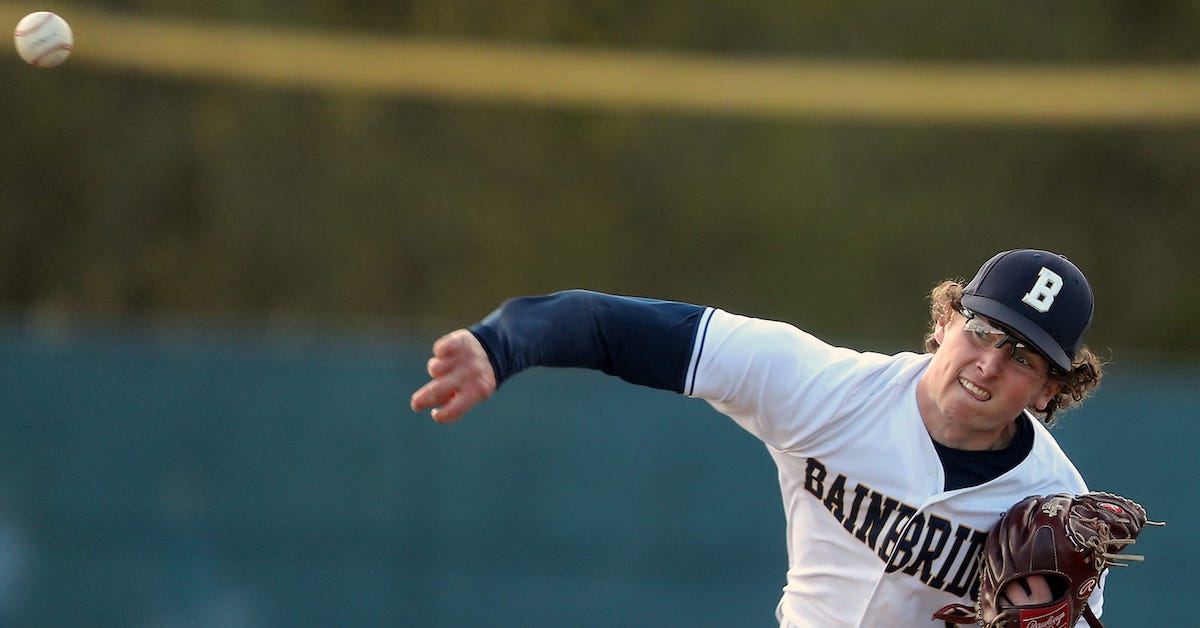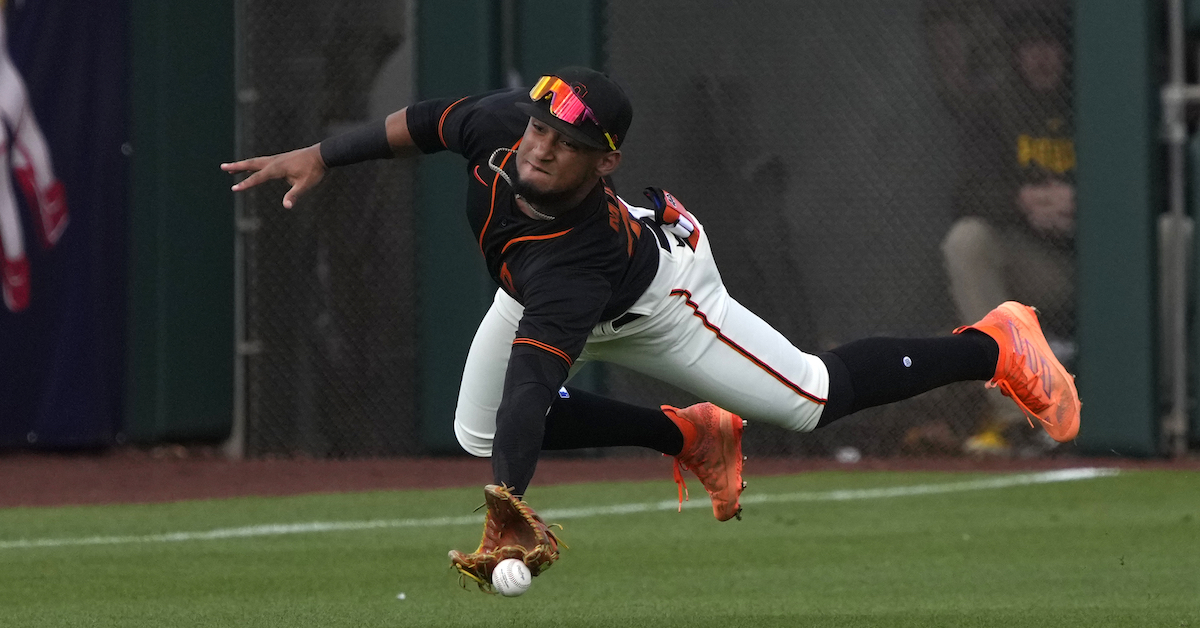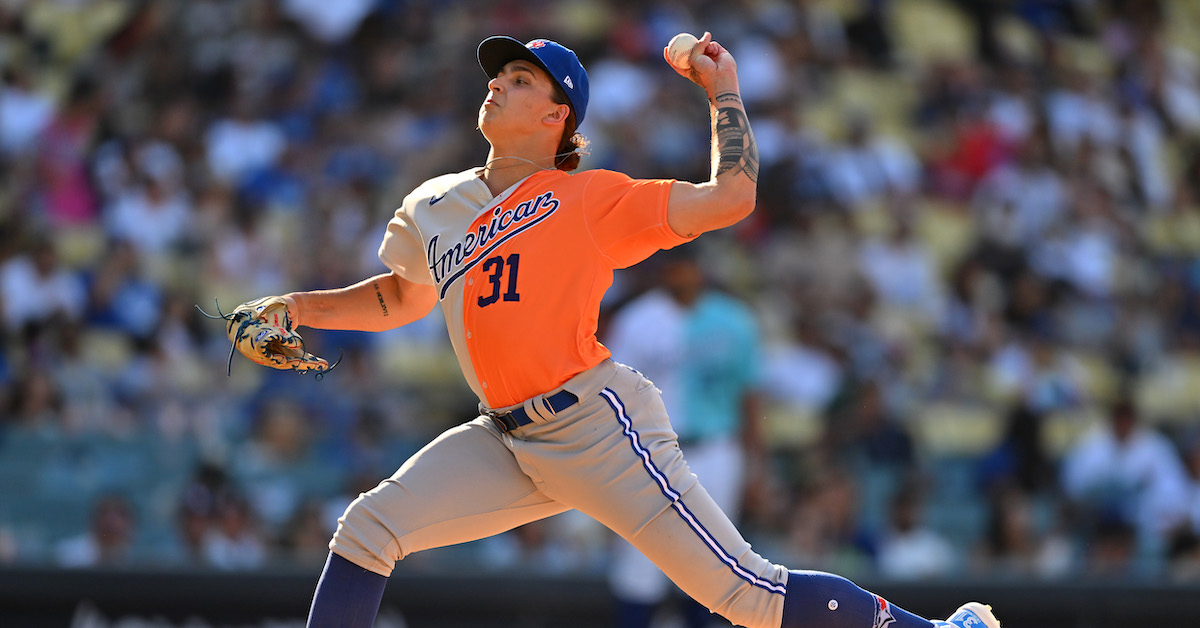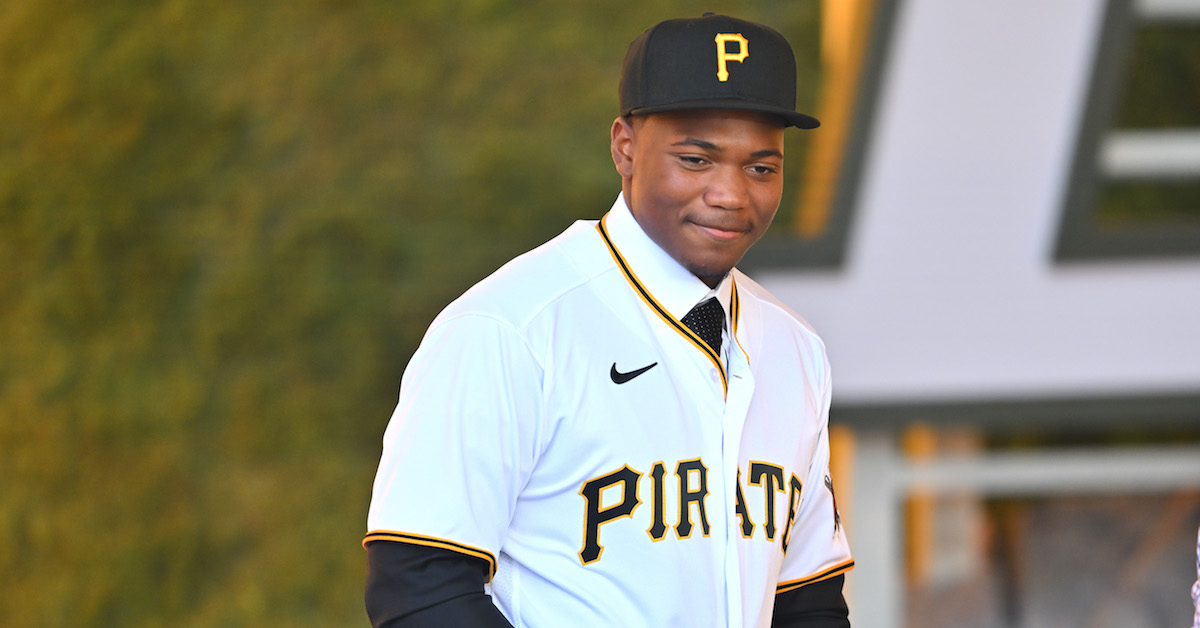Below is our list of the top 100 prospects in baseball. The scouting summaries were compiled with information provided by available data and industry sources, as well as from our own observations. This is the third year we’re delineating between two anticipated relief roles, the abbreviations for which you’ll see in the “position” column below: MIRP for multi-inning relief pitchers, and SIRP for single-inning relief pitchers. The ETAs listed generally correspond to the year a player has to be added to the 40-man roster to avoid being made eligible for the Rule 5 draft. Manual adjustments are made where they seem appropriate, but we use that as a rule of thumb.
All of the prospects below also appear on The Board, a resource the site offers featuring sortable scouting information for every organization. It has more details (and updated TrackMan data from various sources) than this article and integrates every team’s list so readers can compare prospects across farm systems. It can be found here.
And now, a few important things to keep in mind as you’re perusing the Top 100. You’ll note that prospects are ranked by number but also lie within tiers demarcated by their Future Value grades. The FV grade is more important than the ordinal ranking. For example, the gap between Padres shortstop Jackson Merrill (No. 10) and Yankees shortstop Oswald Peraza (No. 40) is 30 spots, and there’s a substantial difference in talent between them. The gap between Peraza and Guardians pitcher Tanner Bibee (No. 70), meanwhile, is also 30 numerical places, but the difference in talent is relatively small. You may have also noticed that there are more than 100 prospects in the table below, and more than 100 scouting summaries. That’s because we have also included the 50 FV prospects whose ranking fell outside the 100, an acknowledgement both that the choice to rank exactly 100 prospects (as opposed to 110 or 210 or some other number entirely) is an arbitrary one and that there isn’t a ton of daylight between the prospects who appear in that part of the list.
You’ll also notice that there is a Future Value outcome distribution graph for each prospect on the list. This is an attempt to graphically represent how likely each FV outcome is for each prospect. Before his departure for ESPN, Kiley McDaniel used the great work of our former colleague Craig Edwards to find the base rates for each FV tier of prospect (separately for hitters and pitchers), and the likelihood of each FV outcome. For example, based on Craig’s research, the average 60 FV hitter on a list becomes a perennial 5-plus WAR player over his six controlled years 26% of the time, and has a 27% chance of accumulating, at most, a couple of WAR during his six controlled years. We started with those base rates for every player on this year’s list and then manually tweaked them depending on our more specific opinions about the player. For instance, Dodgers 2B/LF Miguel Vargas and Marlins shortstop Yiddi Cappe are both 50 FV prospects, but other than them both being Cuban, they are nothing alike. Vargas is a bankable, big league-ready hitter with moderate upside, while Cappe is a risky low-level prospect with huge upside. Our hope is that the distribution graphs reflect these kinds of differences.
This year’s crop of prospects has a relatively shallow high-impact group at the very top of the list. There is no 70 FV prospect in this year’s class and only two 65 FV prospects. In a typical year, we’d have a couple more than that, and sometimes as many as five or six, but this year there are only two. And it doesn’t take long before you start talking about players with warts that reduce confidence in the overall profile. This year’s 60 FV tier has some players who still show some hit tool red flags (Chourio, De La Cruz, Jones) that kept them from ever really being considered for the tier above.
Only 37 of the 112 ranked players here are pitchers. Pitchers tend to be volatile and subject to heightened injury risk, plus their usage is being spread out among more pitchers in the majors, reducing the impact of individuals. The 55 FV pitchers and above tend to have some combination of monster stuff and good command, whereas the 50 FV pitchers often have one or the other. We gravitate toward up-the-middle defenders littered all throughout the minor leagues, and really only tend to push corner bats onto the list when they’re close to the big leagues, or if we have an abnormal degree of confidence that they will continue to hit all the way through the minors. High-risk hitters with huge tools are also welcome since FV is a subjective way to factor both ceiling and risk into the same grade.
For a further explanation of the merits and drawbacks of Future Value, please read this and this. If you would like to read a book-length treatment on the subject, one is available here. Read the rest of this entry »


